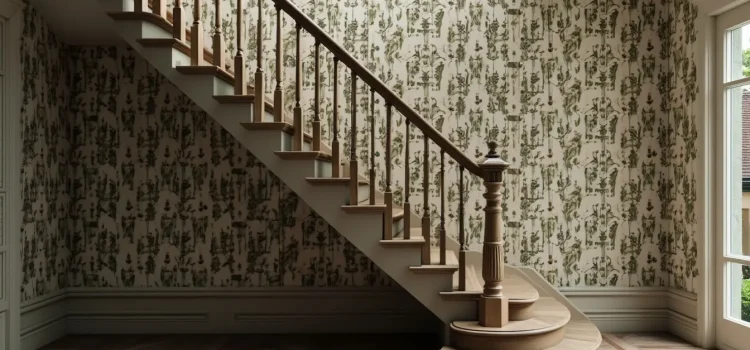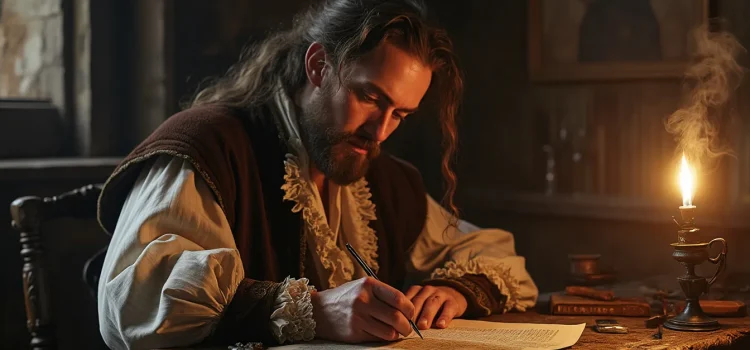Can tech leaders be trusted to shape our future? What happens when profit and power trump ethics and accountability? In Careless People, Sarah Wynn-Williams—Facebook’s Director of Global Policy from 2011-2017—offers an insider account of her time working at Facebook. In this memoir and tell-all, Wynn-Williams alleges that Facebook’s top leaders were dangerously reckless people who caused great harm in the world. Keep reading to learn more about the dark side of Facebook, as told by an insider.
Careless People by Sarah Wynn-Williams—Book Overview










